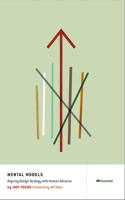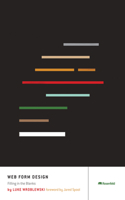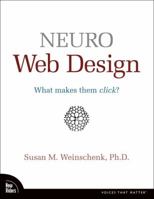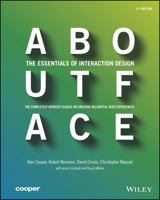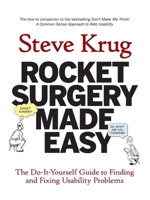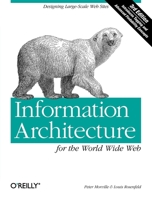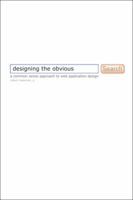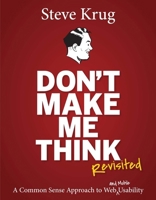The Elements of User Experience: User-Centered Design for the Web
Select Format
Select Condition 
You Might Also Enjoy
Book Overview
Customer Reviews
Rated 5 starsEssential for your library!
"Ready...Fire...Aim!"How many times have you been involved in a Web site design effort that seems to fit this approach? Sadly, we all have such experiences in our lives. This delightful little book provides user experience designers a conceptual model for producing Web sites. This allows for a process that is rigorous, logical, and easily communicated.Jesse James Garrett defines the term "user experience" as "...how (a) product...
0Report
Rated 5 starsA clear and concise map of the user experience world
Subtitled 'User-Centred Design for the Web', this new book is designed to give the big picture, addressing ideas rather than techniques. At less than 200 pages and with many graphics, it's a book you can read in an afternoon, but at the same time it manages to cover a remarkable number of ideas. The most powerful idea in the book is the Garrett's 'elements' referred to in the title, which he defines as five planes or layers...
0Report
Rated 5 starsA User Experience Designer's Delight
There is a fundamental question that must be asked about Jesse James Garrett's book: why did he need to write it? Mr. Garrett's well known "User Experience" stacking diagram is already a very clear rendition of the complicated process of designing for a web user's experience, so why did he have to write a book to explain it?The answer is that vast numbers of people who should know about these processes don't. While JJG's...
0Report
Rated 5 starsA must have for Web development professionals
This book is a step-by-step guide on how to plan and create a Web site from strategy, to scope, to architecture, to wireframes, to visual design. It is the most straightforward book on what steps need to be taken during the requirements and design stages (and who needs to do them) to ensure that the site meets business objectives and user needs. Garrett hits it right on the nose in this book when he says, "Creating the user...
0Report












